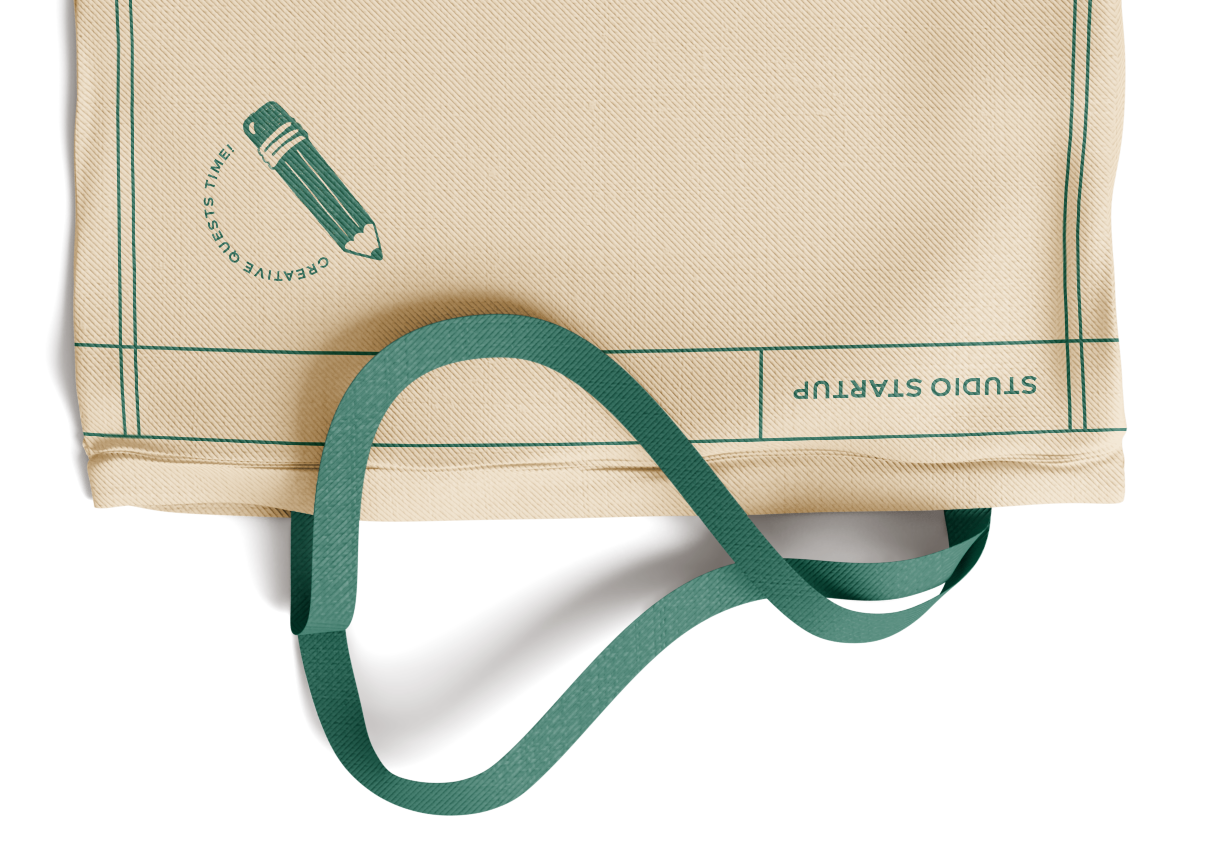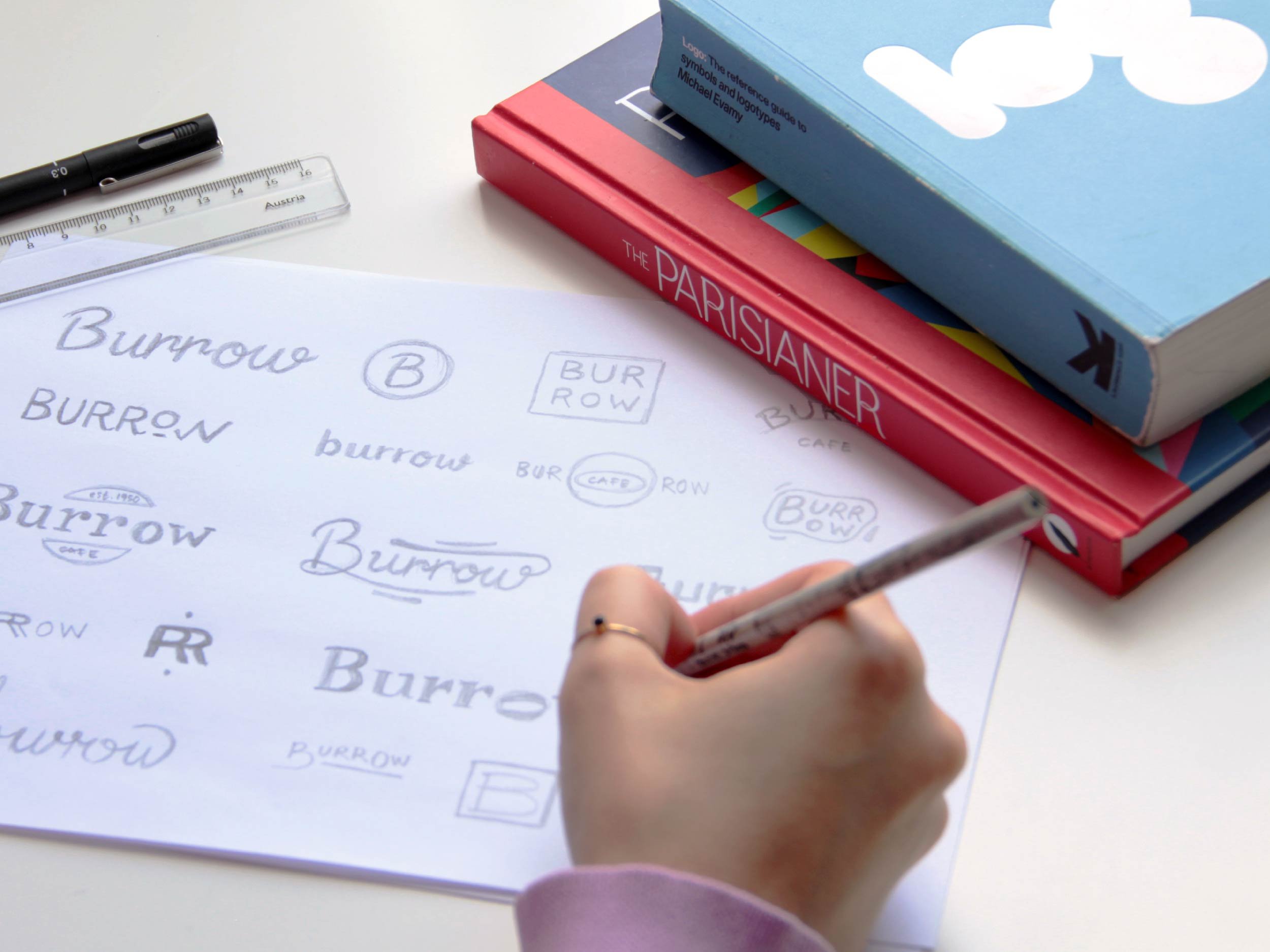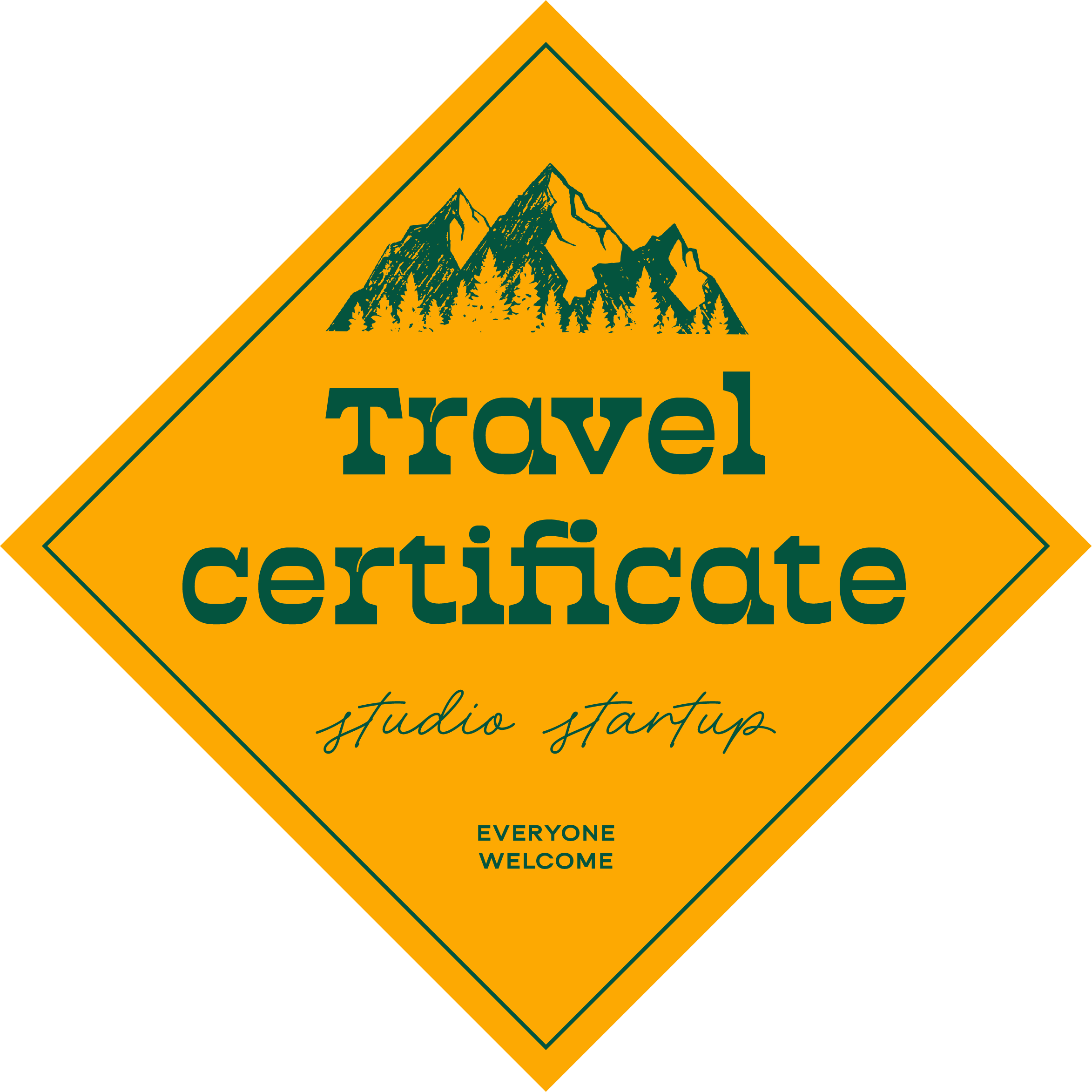Let the creative adventure begin!
Learn how to get and work with clients, create proposals and create refined designs that stand the test of time. Are you ready for the quest?!
Video tutorials - helpful tools - pro tips
In your backpack
How it works
Watch videos that cover helpful topics one-by-one
Take on side-quests by checking out linked tools, games and hard-won tips
Speed up your design process by grabbing our templates
Step oneWho are you as a business?
There are a lot of great designers - this video will help you communicate all your wonderful sides and skills in a way that speaks directly to your dream clients.
Use this video as a kick-off point to lay the ground work before you create your portfolio and marketing.
The big
takeaways
Who you are matters. Clients are people and they want to connect with you. Share your process, values and pictures of you when you shape your marketing.
Find your own unique angle among competitors. Look into what other businesses are doing, think about what you can offer better and focus on that.
Nothing is more valuable than getting to know your ideal clients. Try to put yourself in their shoes and ask anyone you can!
Step twoInvoices, contracts and kick-off
Set yourself up right and avoid confusion by creating a clear process with contracts, proposals and templates. These will speed up your work and build a better relationship with your clients.
This video covers what to think about when you create your own!
The big
takeaways
A proposal is there to make sure you and the client are on the same page with the timeline, scope and budget. Add in some extra personality and nice work samples to show your client what they can look forward to!
Contracts are important when clients ask to change the scope down the line, but also to protect you if any question marks appear after the project is done. Make sure to cover copyright, who owns unused concepts and how you are allowed to talk about the work.
Always ask for a deposit before you start any work together. This helps protect you in case the client disappears on you and it gives you the runway to work on the project. It also shows who is serious about the work from the start.
Step threeGetting clients for your business
Ah the big question.
Lets talk all things clients and I share all my best tips for creating a strategy specifically curated for you. There are so many routes - both online and in person and which one you prefer can be quite personal. My goal is for this video to give you the tools and inspiration to find the best path for you.
The big
takeaways
It’s ok to do things that don’t scale in the long run when you first start out. Small seminars and workshops can be great places to meet new people.
Set everything up to be ready for clients, but focus on being helpful and making real connections, especially in the beginning.
Niche or no niche, make sure you are clear with your messaging. What are you great at and who will benefit from this. Say it often!
Step fourCreate a compelling portfolio
Your portfolio is like your storefront, but how do you know what to add? This video will help you create a clear plan that takes your website from static images to full on storytelling. This will help the potential clients see how you can actually help and your worth as a creative partner.
The big
takeaways
Case studies are key. By taking the reader through each step of the process and showing the strategy behind our design choices, we can help them imagine how this applies to them.
Only keep the work you feel proud of and that represents the type of clients you want to reach out. If there is a gap in your experience, add in personal projects.
Don’t forget to share your process and your values. Clients want to make sure your working style is a good fit. A Q&A section or outline of your process is a big help.
Step fiveTake your case studies to the next level
If you want to create a quick way for potential clients to get an overview of your work, a showreel is perfect and much less intimidating than you think!
Below there are links to some great no-code animation websites that you can try if you are not an animator but want more motion in your portfolio.
The big
takeaways
Keep each cut quite short unless you want more of a documentary style video. Matching the images switching to the music can also help the pacing.
No-code animation tools to try out
Has pre-made templates that act as mockups you can edit. Just add in your design and make a few tweaks.
Add your own text into pre-made type effects and adapt endlessly. Super fun and perfect for showreels.
Step sixRefine your marketing
Marketing your services can take a lot of time. There are some great hard-won tips that I have learned in the past 10 years that cuts to the core of what you actually need to focus your time on.
The big
takeaways
Find your connection and awareness platforms and keep things simple. Consistency is better than posting tons one day and disappearing for weeks.
Finding your own voice in marketing takes time. Its ok to just start and improve a little bit every time you post.
Yes, we need to pick a platform where our customers are, but its best to also find one that you enjoy yourself.
Step sevenBust the starving artist myth with these tips
Running your own business means being strategic about money. The focus is often on just getting more clients but that can quickly spiral towards burnout.
These tips are focused on smart choices and strategies that work in the long run.
The big
takeaways
It is your business and you can pick a way to structure projects and other income sources in a way that suits you best.
Client relationships are even more important than your work and therefore your process is a main focus in the long run.
Taking a step back and seeing the big picture is really important to avoid getting burned out with a business you don’t enjoy.
Step eightLet’s hang out - Q&A
Sometimes you just need a nice coffee with another creative. This video is a Q&A where we answer your most common questions. Grab a nice drink, a comfy blanket and watch us in this little chat 😊











